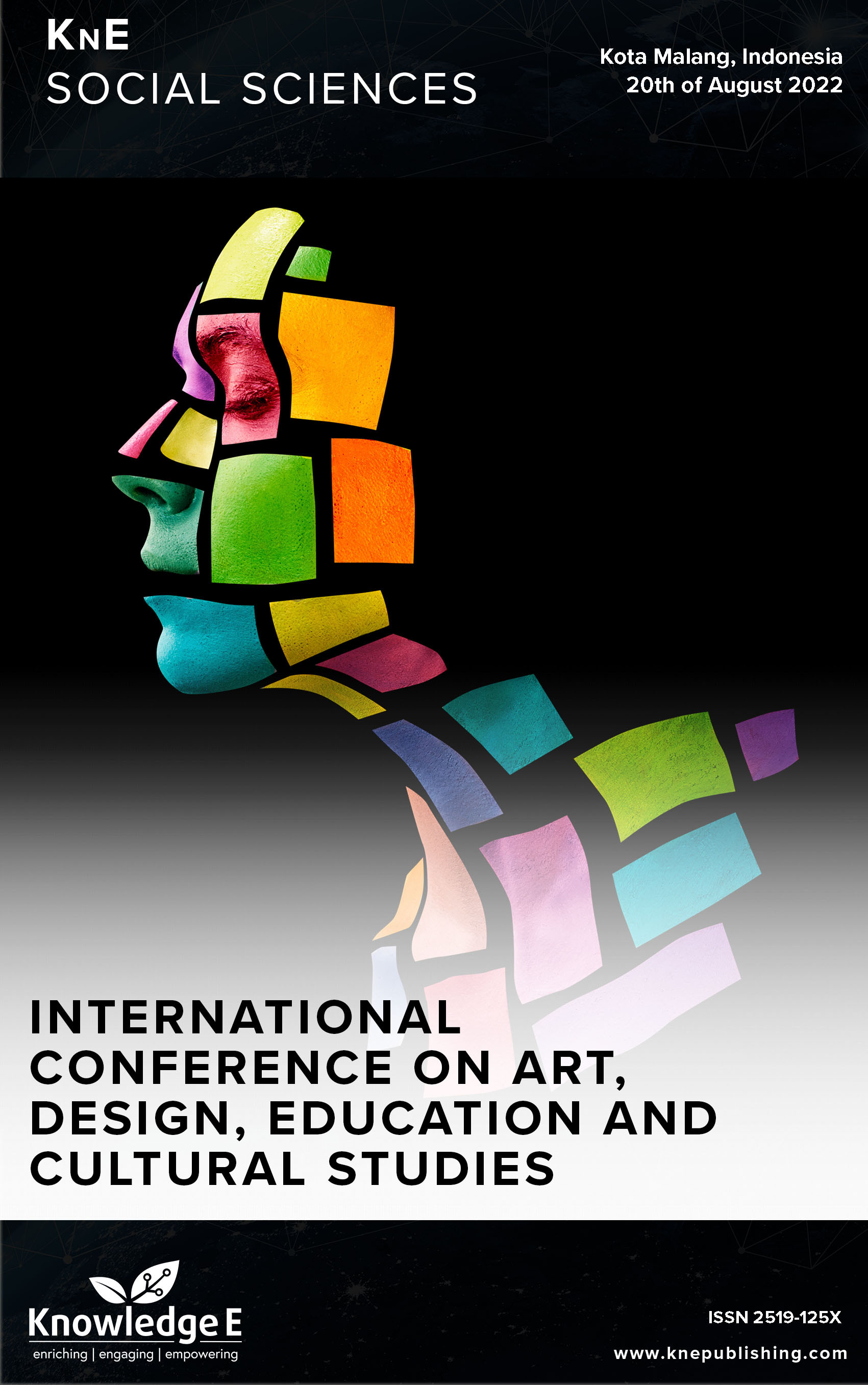Colour preference on Picture Therapy Cards in Children With ASD
DOI:
https://doi.org/10.18502/kss.v8i15.13938Abstract
Children with Autism Spectrum Disorder (ASD) have difficulty understanding and concentrating. Several studies have explained that using visual therapy media, one of which is therapy cards, can help teachers and therapists maintain children’s concentration and motivation during learning. Previous research also states that ASD children have patterns of visual interest/preference for certain visual displays, in theory also explaining that visual displays affect children’s understanding and attention. One of the visual aspects on the therapy card is the colour used in the illustration on the card. This study aims to find out how colour combinations can affect children’s attention. We use a quantitative methodology with an experimental method by Chazin & Ledford. The results of the study found that autistic children prefer warm colour combinations, compared to illustrations with cool tone and monochrome combinations. Children also have better attention and motivation with cards with warm colour combinations in the illustrations. This research is expected to be useful input for teachers and therapists and can be used as a reference in making and developing visual media for children with autism.
Keywords: autism, color, pictorial therapy cards
References
[2] Peeters T. Autisme. Jakarta: PT Dian Rakyat. 2004.
[3] Brown S, Bebko J. Generalization, overselectivity, and discrimination in the autism phenotype: A review. Res Autism Spectr Disord. 2012;6(2):733–40.
[4] Kang S, O’Reilly MF, Fragale CL, Aguilar JM, Rispoli M, Lang R. Evaluation of the rate of problem behavior maintained by different reinforcers across preference assessments. J Appl Behav Anal. 2011;44(4):835–46.
[5] Kelly MP. Stimulus over-selectivity: An investigation of extinction effects and correlates across populations. Doctoral dissertation. 2012. Available from: http://hdl.handle.net/10379/3282
[6] Meadan H, Ostrosky MM, Triplett B, Michna A, Fettig A. Using Visual Supports with Young Children with Autism Spectrum Disorder. Teach Except Child. 2011;43(6):28– 35.
[7] KT Chazin and Ledford. Preference assessments. In evidence-based instructional practices for young children with Autism and other disabilities [Online]. 2016 [cited 2022 Oct 12]. Available from: https://ebip.vkcsites.org/preference-assessments/
[8] Vallencia D, Tessa D, Yuma C. Penerapan Warna Pada Ruang Terapi Anak Autis. Jurnal Desain Interior. 2022;7(1)
[9] Grandgeorge M, Masataka N. Atypical color preference in children with autism spectrum disorder. Front Psychol. 2016 Dec;7:1976.
[10] Myatt T, Carter JM. Picture preferences of children and young adults. Education Communication and Technology. 1979;27(1):5–53.
[11] Crawford H, Moss J, Oliver C, Elliott N, Anderson GM, McCleery JP. Visual preference for social stimuli in individuals with autism or neurodevelopmental disorders: an eyetracking study. Mol Autism. 2016 Apr;7(24):24.
[12] Remington A, Swettenham J, Campbell R, Coleman M. Selective attention and perceptual load in autism spectrum disorder. Psychol Sci. 2009 Nov;20(11):1388– 93.
[13] Kong XJ, Wei Z, Sun B, Tu Y, Huang Y, Cheng M, et al. Different eye tracking patterns in Autism Spectrum Disorder in toddler and preschool children. Volume 13. Frontiers in Psychiatry; 2022.

